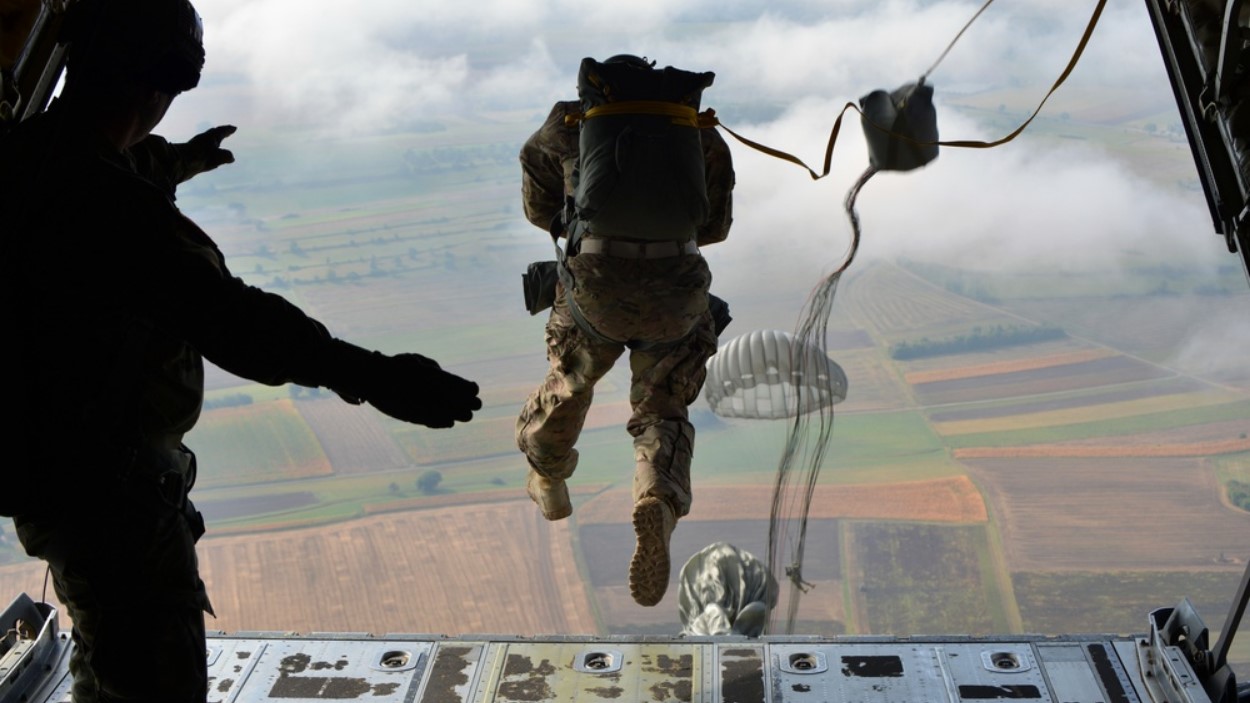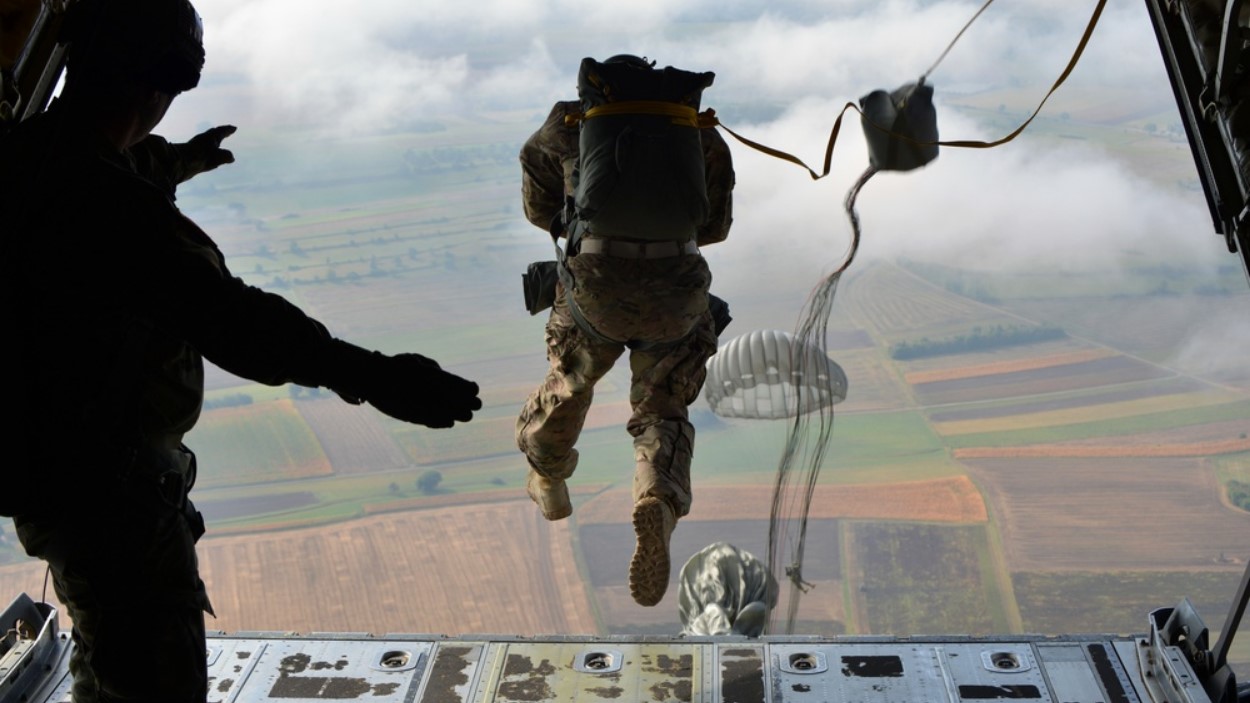

Special operations forces deploy around the world in high-risk missions. And the troops that fall under Special Operations Command experience a high rate of serious and sometimes deadly accidents outside of combat, often in training.
A lack of oversight and a culture of complacency are the major contributors to these mishaps, the Government Accountability Office wrote in a new report, released on Thursday, Nov. 21. The study, “Special Operations Forces: Additional Oversight Could Help Mitigate High-Risk Training Accidents,” found that the overwhelming number of accidents happened during training. Of the more than 3,600 non-combat accidents across the entire special operations community that the GAO looked at, roughly 80% were in training.
The two-year study looked at non-combat accidents among the tens of thousands of troops in special operations — including Navy SEALs, Army Rangers and other units — over a period ranging from 2012-2022. In that last year, SOCOM started a program to standardize training and reduce risks on what it deemed to be seven key high-risk areas, but the GAO found that the command has struggled to implement its data assessment and oversight.
Of the seven high-risk training areas that SOCOM outlined, data analyzed by the GAO found that parachute and dive training are the areas with the highest number of accidents, making up 40% of training-related incidents. Other training sections with a high number of accidents included tactical vehicle and weapons or explosive training.
“To mitigate risks and improve its oversight of these types of training activities, SOCOM performs several activities, including designating which high-risk training activities require an increased level of oversight and instituting a training assessment and observation program,” the GAO’s report says. “However, SOCOM has not conducted analyses of negative safety trends or reevaluated its training assessment program in light of plans to expand the scope of these activities. Without performing these aspects, SOCOM may miss opportunities to identify safety issues or to mitigate risk during training activities.”
Data analyzed by the GAO pointed to an average of 259 accidents per year. 2015 saw both the highest number of accidents and the highest number of deaths, at 402 and 10 respectively. 2020 saw the lowest numbers, due to restrictions stemming from the COVID-19 pandemic, but 120 accidents still happened. Over the period examined, the GAO found 48 deaths that occurred in non-combat accidents.
As for why the training accidents are so high, the GAO found that there was a culture of complacency in the special operations community when it comes to training. More than 80% of all incidents resulted from human error, rather than environmental or material problems (which each caused only roughly 3% of accidents). A lack of discipline was cited as a major factor. Additionally, the four service elements that make up Special Operations Command each had their own adherence to that training oversight program and different language on how they describe the oversight, and none met all seven areas of concern.
The GAO’s review looked at 2012-2022, but the report points to several mishaps since then that have resulted in fatalities. Those include the Air Force Special Operations Command V-22 Osprey crash in November 2023 off of Japan, the death of a sailor undergoing Basic Underwater Demolition/SEAL training in 2022 and the death of a Green Beret during free fall training. The Washington Post reported this week that the MH-60M with the 160th Special Operations Aviation Regiment that crashed in Mediterranean Sea, killing five crewmembers, did so while on a gunnery training mission, not a refueling training one as the Department of Defense previously announced. The Army report, obtained by the Washington Post via a Freedom of Information Act request, noted that the helicopter failed to pull up in time while on a targeting run, crashing into the water.
As a result of the research, the GAO put forward six recommendations, urging SOCOM to “analyze safety data to identify high-risk training areas, re-evaluate its training assessment program, and establish milestones for the four SOF service component commands to complete updates to their policies that include SOCOM’s high-risk training oversight requirements.”
